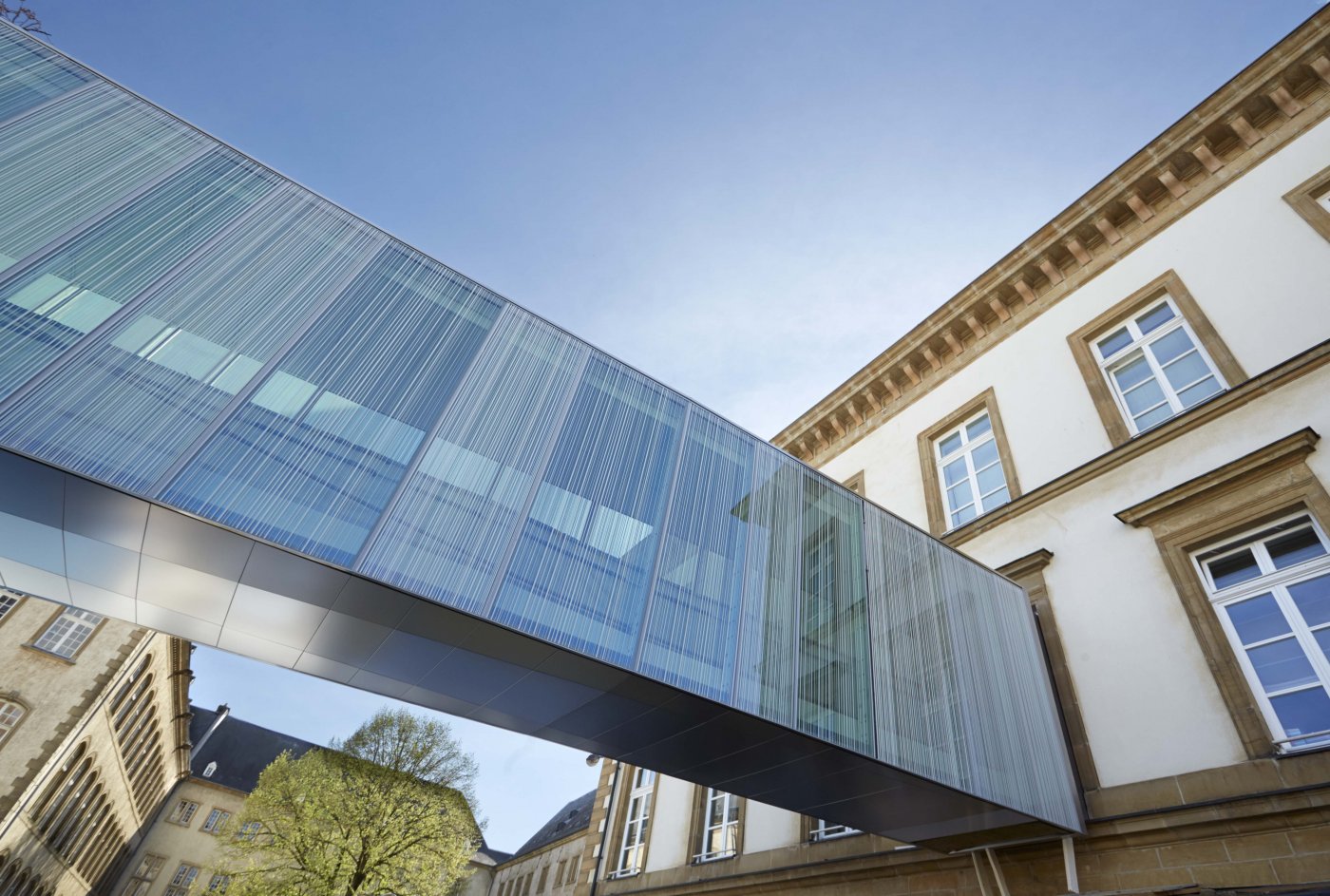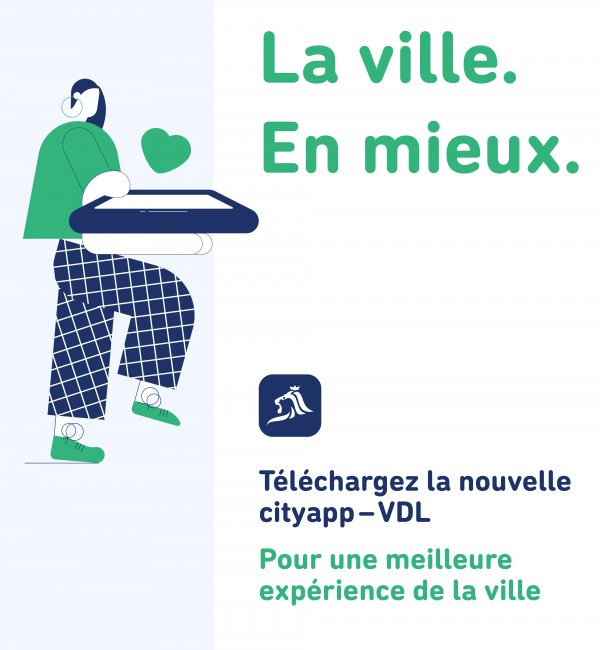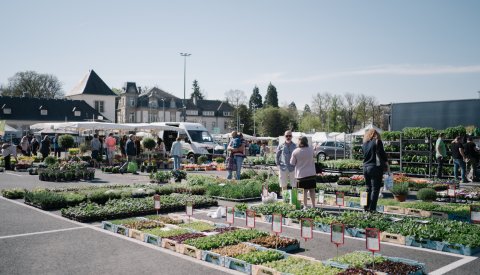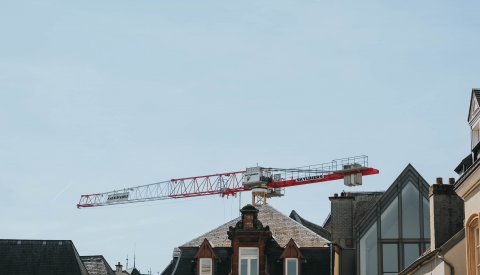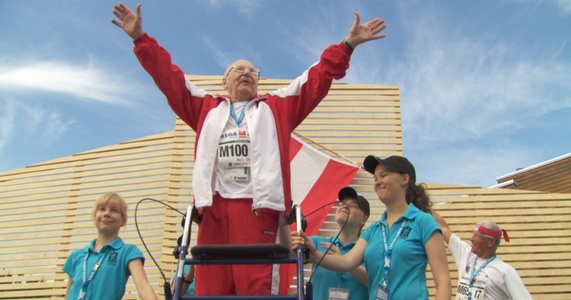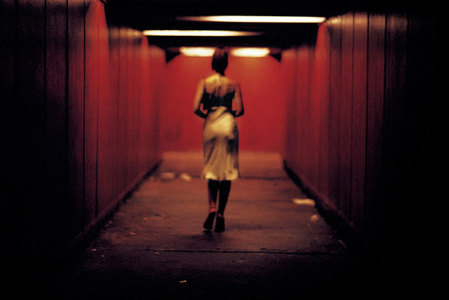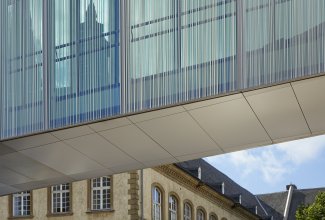About this district...
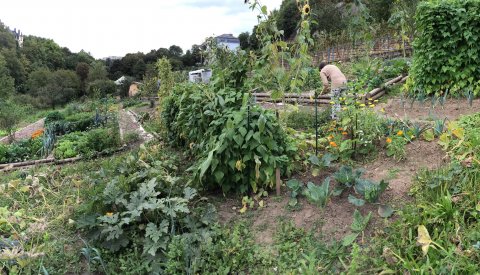
Community gardens
Luxembourg City's ecological and social gardening project.

LE MUR Luxembourg
"LE MUR Luxembourg" urban art project in the Gare district

Local fairs
These local fairs provide a friendly atmosphere where people can meet and socialise.

Markets in Luxembourg City
Vast selection of products: regional, seasonal and organic products, flowers and plants, fruits and vegetables, fish, meat, baked goods, roast chickens, pasta, ...

National Day
On National Day, Luxembourg celebrates the birthday of its reigning monarch. This tradition started with Grand Duchess Charlotte, whose birthday was on 23 Janua...
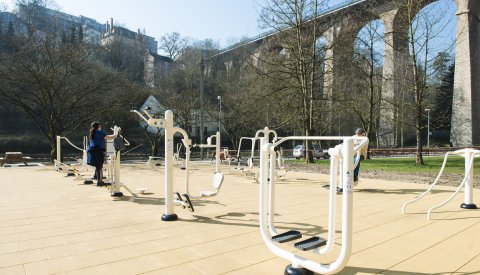
Outdoor gym
Exercise in the open air with fun-to-use, high-quality equipment designed for a comprehensive workout. The equipment is suitable for people of all fitness level...
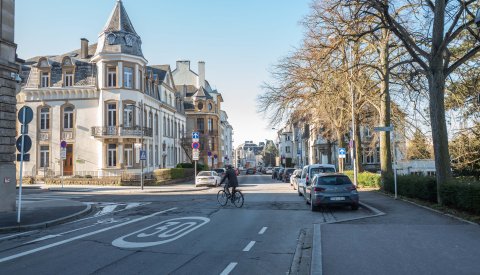
Project for infrastructure works and partial redevelopment works on Boulevard de la Pétrusse
The project for infrastructure works and partial redevelopment works on Boulevard de la Pétrusse is being carried out in the Gare district, between Avenue de la...

Youth centres and clubs
Nine youth centres and clubs are located throughout the city.
